Maricopa Police blotter became available today in electronic format making it easier to simultaneously transmit information about its daily activities to the local media.
Readers can find the MPD blotter on the same page as the PCSO reports under the “news” drop-down menu by selecting Police Blotter. Click here to read today’s report.
“It’s a great move forward,” said Bea Lueck, general manager of KCAB-TV28 in Casa Grande and one of the recipients of today’s media email blast from Sgt. Stephen Judd containing a brief summary of calls the department handled overnight.
“It took a long time coming but it’s great. This is what the media has needed from the city of Maricopa.”
The Maricopa Police Department, officially one year old as of July 1, had not been providing access to the blotter to the media since January when it took over full-time duty, when it released the Pinal County Sheriff’s Office from its contractual obligations other than handling dispatch.
Before then, PCSO had helped the new department transition from using its services 24/7 to part-time and then to where it stands now.
MPD Spokesman Sgt. Judd explained that it wasn’t as easy as it might sound to switch systems overnight and that the blotter hadn’t been available for six months because it was considered to be more of a “back burner” issue.
He added that the department had the best of intentions and was not able to comply with the Arizona Public Records law during the months it did not disseminate the information or otherwise make it available for viewing.
“They will also be available hard copy in the front office upon request as before,” Judd said, referring to a three-ring binder that has been available for check out during regular business hours since July 2. “We hope this will be more convenient for everyone involved.”
For those in the media, the opening of daily public records is a significant milestone.
“This is the only way for the media to know what is going on in our area and share the information with our viewers, readers, listeners, whatever form of media we are,” Lueck said.
A few examples of recent stories gleaned from the blotters to date include calls regarding illegal fireworks and shots fired over the Fourth of July weekend, a landscaper who swindled a woman out of $3,600 and a man who offered a woman $100 to take a ride in his pickup.
Moving forward, it will also help police and media avoid unintentional silences when information wouldn’t otherwise immediately have been available.
“Having this information available will hopefully end a lot of the rumors that tend to spread throughout the community when incidents happen,” Lueck said.
Adam Gaub, managing editor of the Maricopa Monitor, agreed.
“It’s one of those things they could easily have done, and for whatever reason they chose to go the hard route,” Gaub said. “We have had to pursue stories a lot longer than we needed to and jump through more hoops than we needed to and go through more headaches for both parties.”
As for making the switch from the hard copies in a binder to sending the information by email, Gaub didn’t appear to be particularly impressed.
“It wasn’t any great stretch to do it electronically,” he said. “They weren’t making any real concessions. They are just doing what they should have done in the first place.”
That doesn’t mean he doesn’t appreciate the step.
“Do we applaud them for doing it, absolutely. But is this is something they should have done from the beginning? Yeah.”
Like Lueck, Gaub noted that the value of the blotter goes beyond the snippets about garden-variety calls.
“There are so many things that on the face of them might not look like anything,” he said, adding that over time it will make it possible to spot patterns and trends.
“It was a long process in coming, and it is going to make it easier to get stories out. Having it available to the media and the public will make us more aware and a safer community.”
Photo by RuthAnn Hogue

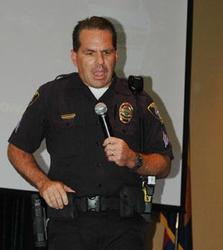
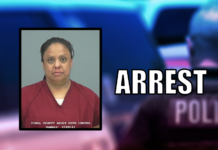


![Shred-A-Thon to take place tomorrow An image of shredded paper. [Pixabay]](https://www.inmaricopa.com/wp-content/uploads/2024/03/shredded-paper-168650_1280-218x150.jpg)
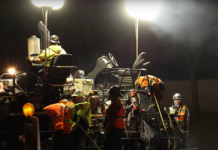
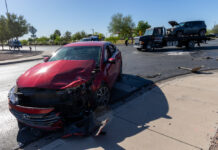
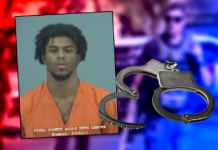
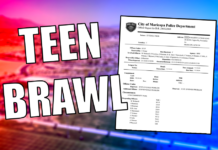








![Shred-A-Thon to take place tomorrow An image of shredded paper. [Pixabay]](https://www.inmaricopa.com/wp-content/uploads/2024/03/shredded-paper-168650_1280-100x70.jpg)